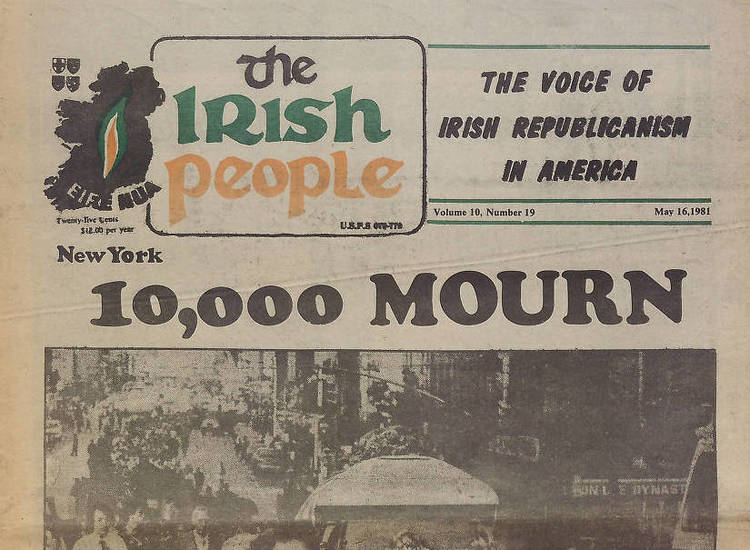The house on Russell Street where Thomas and Kathleen Clarke lived.
Although most people think of Greenpoint in north Brooklyn as a Polish area, it has deep Irish roots, as the teacher, local historian and writer Geoffrey Cobb will delineate in a walking tour on Saturday afternoon, Sept. 29.
Greenpoint grew into a major industrial area thanks to its waterfront, which was dominated by Irish dock workers and lug-boat captains.
Its majestic Catholic church, St. Anthony of Padua, was designed by Irish immigrant Patrick Keely (most famous perhaps for his St. Brigid’s Church in Manhattan) and Reverend Patrick O'Hare helped to develop a 10,000-strong member congregation.
Greenpoint was the home to Peter McGuinness, who ruled the "Garden Spot of the Universe" as the last Tammany Hall style ward boss in New York City history. Cobb, an active member of the UFT Irish Committee, has written a book about McGuinness.

Peter McGuinness chatting with a constituent.
The area was also home to a Fenian cell, which traveled on a mission to bomb London in the 1880s. One of its members of the cell, Thomas Clarke spent 13 years in prison in England, and came back to live in Greenpoint for many years with his wife Kathleen, including at an address on Russell Street, before they returned to Ireland in the first decade of the 20th century. He is considered the main planner of the 1916 Easter Rising and was one of the seven signatories of the Proclamation of the Irish Republic read out at the General Post Office on Easter Monday. He was executed on May 3, 1916.

Thomas Clarke.
The tour will begin at 4 p.m. in front of St. Anthony of Padua Church, 862 Manhattan Ave. A $5 donation is requested.
The walk will end around 5:30 with a stop for drinks and socializing in a neighborhood 19th century pub that still preserves the atmosphere of 1880s Irish New York.









